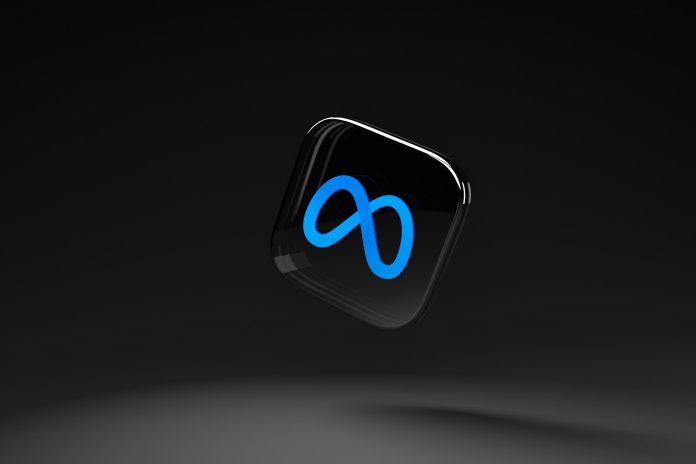
AI Sports Coaching
Introduction
In the ever-evolving landscape of sports, technological advancements have become integral to enhancing athlete performance. Among these innovations, artificial intelligence (AI) stands out as a game-changer, transforming the traditional methods of sports coaching.
AI Sports Coaching
With AI-powered tools now readily available, athletes have access to personalized training plans, real-time feedback, and sophisticated performance-tracking systems like never before.
The Benefits of AI Sports Coaching
AI sports coaching offers a myriad of advantages, catering to the unique needs of individual athletes while maximizing their potential on the field or court. Here’s how AI is reshaping the coaching landscape:
Personalized Training Plans
Gone are the days of generic training regimens. AI coaches analyze vast amounts of data to tailor training plans specific to each athlete’s strengths, weaknesses, and goals. This personalized approach ensures efficient and targeted improvements, accelerating the journey to peak performance.
Improved Feedback and Performance Tracking
AI coaches provide instant feedback based on real-time data analysis, allowing athletes to make immediate adjustments to their technique or strategy. Moreover, these systems track performance metrics over time, enabling coaches to identify trends, measure progress, and pinpoint areas for further development accurately.
Motivation and Access to World-Class Coaching
Staying motivated throughout rigorous training regimes can be challenging. AI coaches act as constant sources of inspiration, offering encouragement, setting achievable goals, and providing unwavering support.
Additionally, athletes gain access to top-tier coaching expertise regardless of geographical limitations, levelling the playing field and empowering individuals to reach their full potential.
Overcoming Challenges in AI Sports Coaching
While the benefits of AI sports coaching are undeniable, several challenges persist in its implementation:
Cost Considerations
The initial investment required for AI sports coaching systems may be prohibitive for some athletes or teams, limiting widespread adoption. However, as technology advances and becomes more accessible, cost barriers are expected to decrease over time.
Limitations in Personalization and Adaptability
Despite advancements in AI algorithms, replicating the nuanced understanding and adaptability of human coaches remains a challenge. AI systems may struggle to interpret complex emotional or situational cues, affecting their ability to provide truly personalized guidance.
Ethical and Fairness Concerns
Ensuring fairness and impartiality in AI coaching algorithms is essential to prevent biases or discriminatory practices. Addressing these ethical considerations requires ongoing refinement and oversight to maintain the integrity of AI sports coaching systems.
The Future of AI Sports Coaching
Despite the existing challenges, the potential of AI sports coaching to revolutionize athlete training and competition is immense. As technology continues to evolve and improve, we can anticipate further innovation in the field, with AI coaches becoming indispensable partners in athletes’ pursuit of excellence.
Conclusion
In conclusion, the integration of artificial intelligence into sports coaching represents a paradigm shift in how athletes approach training and performance enhancement. With personalized training plans, real-time feedback, and unparalleled access to coaching expertise, AI is redefining the boundaries of athletic achievement.
While challenges such as cost, personalization, and ethical considerations remain, the trajectory of AI coaching points towards a future where every athlete can unlock their full potential with the assistance of intelligent coaching systems.
Some Frequently Asked Questions and Their Answers
What is AI Sports Coaching?
AI Sports Coaching refers to the use of artificial intelligence in sports to gather data during sports events. This data comprises a wide range of information regarding player statistics, game dynamics, and external factors like weather.
AI uses algorithms to extract valuable insights from massive amounts of data that wouldn’t be possible through traditional analysis methods.How is AI used in Sports Coaching?
AI coaching strategies have become increasingly prevalent in various sports, providing athletes with personalized training programs and performance analysis. These AI systems can analyze vast amounts of data, including player biometrics, game statistics, and even video footage, to offer insights that human coaches may overlook.
What are the benefits of AI in Sports Coaching?
By leveraging AI coaching strategies, athletes can enhance their skills, prevent injuries, and optimize their overall performance on the field. Moreover, AI referee technology has significantly impacted the fairness and accuracy of officiating in sports.
What are the challenges of AI in Sports Coaching?
While AI in sports coaching offers many benefits, there are also challenges to consider. These include ethical considerations crucial for AI integration in sports, such as how data will be used, whether virtual relationships will replace human touch, and how consumer privacy will be respected.
References
- folio3.ai: AI uses algorithms to extract valuable insights from massive amounts of data that…
- esoftskills.com: These AI systems can analyze vast amounts of data, including player biometrics…
- esoftskills.com: Moreover, AI referee technology has significantly impacted the fairness and…
- esoftskills.com: These include ethical considerations crucial for AI integration in sports, such as…
Other Interesting Articles
- AI and VR: The Future of Technology: Explore the symbiotic relationship between AI and VR, uncovering benefits, challenges, applications, and future prospects in immersive…
- How Metaverse AI is Transforming the Future of Business: Explore how AI shapes the metaverse: benefits, use cases, challenges, and future possibilities. Unlock digital interaction’s potential today!



























